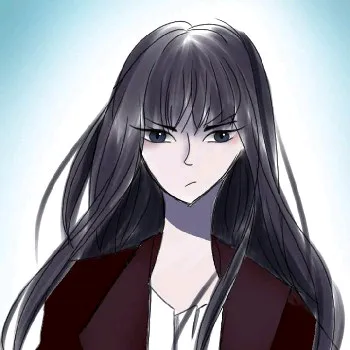What is dream?
A dream is a succession of images, ideas, emotions, and sensations that usually occur involuntarily in the mind during certain stages of sleep.[1] The content and function of dreams are not fully understood, although they have been a topic of scientific, philosophical and religious interest throughout recorded history. Dream interpretation is the attempt at drawing meaning from dreams and searching for an underlying message. The scientific study of dreams is called oneirology.[2]
The Knight's Dream, 1655, by Antonio de Pereda
Dreams mainly occur in the rapid-eye movement (REM) stage of sleep—when brain activity is high and resembles that of being awake. REM sleep is revealed by continuous movements of the eyes during sleep. At times, dreams may occur during other stages of sleep. However, these dreams tend to be much less vivid or memorable.[3] The length of a dream can vary; they may last for a few seconds, or approximately 20–30 minutes.[3] People are more likely to remember the dream if they are awakened during the REM phase. The average person has three to five dreams per night, and some may have up to seven;[4] however, most dreams are immediately or quickly forgotten.[5] Dreams tend to last longer as the night progresses. During a full eight-hour night sleep, most dreams occur in the typical two hours of REM.[6] Dreams related to waking-life experiences are associated with REM theta activity, which suggests that emotional memory processing takes place in REM sleep.[7]
Babies spend almost half of their sleep dreaming, while the elderly spend less than a fifth. Blind people dream in other senses, especially if they lost their sight before the age of seven. This has led some scientists to suggest that dreams are a defense mechanism by specific areas of a malleable brain from being appropriated for other purposes while it is deprived of sensory input as an animal sleeps.[8]
Opinions about the meaning of dreams have varied and shifted through time and culture. Many endorse the Freudian theory of dreams – that dreams reveal insight into hidden desires and emotions.[qualify evidence] Other prominent theories include those suggesting that dreams assist in memory formation, problem solving, or simply are a product of random brain activation.[9]
Sigmund Freud, who developed the psychological discipline of psychoanalysis, wrote extensively about dream theories and their interpretations in the early 1900s.[10] He explained dreams as manifestations of one's deepest desires and anxieties, often relating to repressed childhood memories or obsessions. Furthermore, he believed that virtually every dream topic, regardless of its content, represented the release of sexual tension.[11] In The Interpretation of Dreams (1899), Freud developed a psychological technique to interpret dreams and devised a series of guidelines to understand the symbols and motifs that appear in our dreams. In modern times, dreams have been seen as a connection to the unconscious mind. They range from normal and ordinary to overly surreal and bizarre. Dreams can have varying natures, such as being frightening, exciting, magical, melancholic, adventurous, or sexual. The events in dreams are generally outside the control of the dreamer, with the exception of lucid dreaming, where the dreamer is self-aware.[12] Dreams can at times make a creative thought occur to the person or give a sense of inspiration.[13]
Cultural meaning
Main article: Dream interpretation
Ancient history
The Dreaming is a common term within the animist creation narrative of indigenous Australians for a personal, or group, creation and for what may be understood as the "timeless time" of formative creation and perpetual creating.[14]
The ancient Sumerians in Mesopotamia have left evidence of dream interpretation dating back to at least 3100 BC.[15][16] Throughout Mesopotamian history, dreams were always held to be extremely important for divination[16][17] and Mesopotamian kings paid close attention to them.[16][15] Gudea, the king of the Sumerian city-state of Lagash (reigned c. 2144–2124 BC), rebuilt the temple of Ningirsu as the result of a dream in which he was told to do so.[16] The standard Akkadian Epic of Gilgamesh contains numerous accounts of the prophetic power of dreams.[16] First, Gilgamesh himself has two dreams foretelling the arrival of Enkidu.[16] Later, Enkidu dreams about the heroes' encounter with the giant Humbaba.[16] Dreams were also sometimes seen as a means of seeing into other worlds[16] and it was thought that the soul, or some part of it, moved out of the body of the sleeping person and actually visited the places and persons the dreamer saw in his or her sleep.[18] In Tablet VII of the epic, Enkidu recounts to Gilgamesh a dream in which he saw the gods Anu, Enlil, and Shamash condemn him to death.[16] He also has a dream in which he visits the Underworld.[16]
The Assyrian king Ashurnasirpal II (reigned 883–859 BC) built a temple to...




